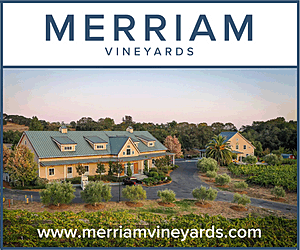Wine Glossary
Definition: Meritage
[MEHR-ih-tihj] Instituted in 1989, the term Meritage is a certification mark registered with the U.S. Department of Trademarks and Patents. It was coined in 1988 by a group of vintners who sought to establish standards of identification for a category of American blended wines made with traditional bordeaux grape varieties. The name Meritage (a compound of the words merit and heritage) was chosen from over 6,000 entries in an international contest held by these vintners. The purpose of The Meritage Association is to help identify quality American wine blends that, because they're not made with at least 75 percent of a single variety, can't use the variety name on the label. This forced many producers of excellent wines to either use generic names (like claret or Red table wine) or proprietary names (like Insignia from Joseph Phelps Vineyards). Both practices caused great confusion in the marketplace. To be designated as Meritage, a wine must meet the following standards: 1. It must be a blend of two or more Bordeaux grape varieties-for red wines these are Cabernet Franc, Cabernet Sauvignon, Carmenere, Gros Verdot, Malbec, Merlot, Petit Verdot and St. Macaire; and for whites they're Sauvignon Blanc, Muscadelle and Sémillon (no more than 90 percent of any single variety may go into a Meritage wine); 2. It must be the winery's best wine of its type; 3. It must be produced and bottled by a U.S. Winery from grapes that carry a U.S. appellation; and 4. Its production is limited to a maximum 25,000 cases per vintage. Wineries that are approved for the Meritage designation may use it in various ways on the label. They may simply use the term "Meritage" or use "Meritage" in conjunction with their own proprietary name (as with Cardinale from Kendall-Jackson Vineyards), or they may use only their proprietary name.
Source: Answers.com; Wine Lover's Companion - R & S Herbst




